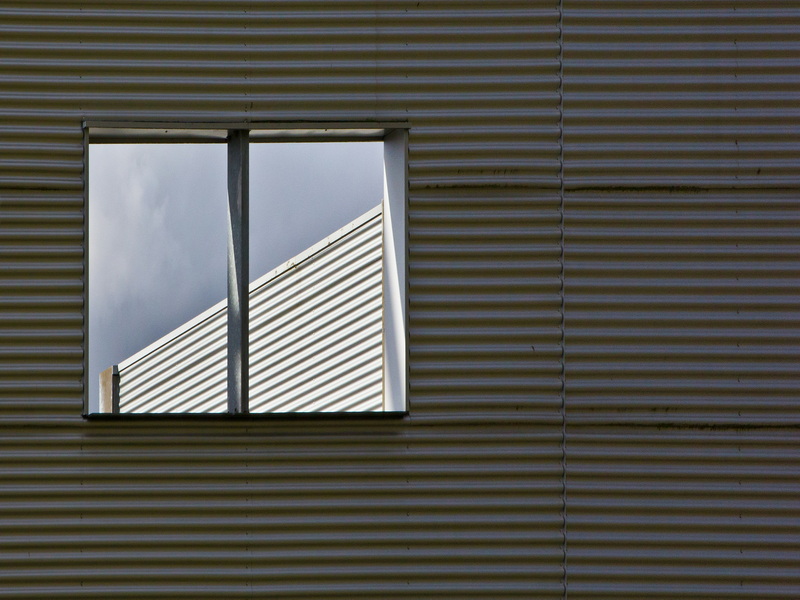English 




Views: 222 Author: Astin Publish Time: 2025-02-23 Origin: Site



Content Menu
● Why Adjust Aluminum Windows?
● Step-by-Step Guide to Adjusting Aluminum Windows
>> 3. Difficulty in Locking Mechanism
>> 5. Weather Stripping Replacement
● Maintenance Tips for Aluminum Windows
>> Lubricate Moving Parts Annually
● FAQ
>> 1. How often should I adjust my aluminum windows?
>> 2. What if my window is still difficult to open after adjusting?
>> 3. Can I use WD-40 for lubricating my aluminum windows?
>> 4. What should I do if my window frame is warped?
>> 5. Are there any safety precautions I should take while adjusting my windows?
Aluminum windows are popular for their durability, energy efficiency, and sleek appearance. However, like any window type, they may require adjustments over time to ensure they function properly. This article provides a comprehensive guide on how to adjust aluminum windows, covering the necessary tools, step-by-step instructions, and common issues that may arise.

Understanding the reasons behind window adjustments is crucial for maintaining their performance. Common reasons include:
- Settling of the building structure: Over time, homes can settle, causing windows to become misaligned.
- Wear and tear on hardware: Hinges and other components may wear out, affecting the window's operation.
- Temperature changes: Aluminum expands and contracts with temperature fluctuations, which can lead to misalignment.
- Improper installation: If windows were not installed correctly initially, they may require adjustments later.
Regular maintenance and adjustments can prevent issues such as drafts, difficulty in opening or closing the windows, and potential security vulnerabilities. Well-maintained windows also contribute to your home's energy efficiency.
Before starting the adjustment process, gather the following tools:
- Screwdriver (both flathead and Phillips head)
- Allen wrench set
- Lubricating oil (preferably silicone-based)
- Soft cloth
- Level
- Shims (if necessary)
Having these tools ready will streamline the adjustment process and ensure a smoother experience.

Begin by thoroughly examining your aluminum window. Look for gaps between the frame and sash, uneven spacing around the window, and any difficulty in opening, closing, or locking. This initial inspection will help identify specific adjustments needed.
Before making any adjustments, clean the window frame, tracks, and hardware using a soft cloth. Apply silicone-based lubricant to all moving parts. This simple step can often resolve minor issues and make subsequent adjustments easier.
For casement windows:
Locate the adjustment screws on the hinges. Use an Allen wrench to turn these screws clockwise to tighten or counterclockwise to loosen. Make small adjustments and test the window's operation after each turn.
For sliding windows:
Look for roller adjustment screws at the bottom of the sliding panel. Turn these screws clockwise to raise the panel or counterclockwise to lower it. Ensure that the window slides smoothly and evenly.
If the window sash appears misaligned:
Loosen the screws holding the sash in place. Gently move the sash into its correct position. Use a level to ensure it is perfectly straight before retightening the screws.
If your window isn't locking properly:
Check the alignment of the lock and keeper. Loosen the screws on the keeper and adjust its position so it aligns perfectly with the lock before retightening.
While adjusting aluminum windows can resolve many issues, some problems may require additional attention. Here are some common problems you might encounter:
Condensation between double-glazed aluminum windows can indicate a seal failure. If you notice moisture trapped inside your windows, it may be time to replace them entirely as this is often a sign that insulation has been compromised.
If your aluminum windows are noisy when opening or closing, it could be due to debris in the tracks or worn-out rollers. Clean out any dirt or debris from tracks regularly and consider replacing rollers if they appear worn or damaged.
A faulty locking mechanism can compromise your home's security. If you find that your locks are not engaging properly after adjustments, consider replacing them with new hardware designed for your specific window model.
Inspect frames for signs of bending or corrosion—especially in coastal areas where saltwater can cause damage over time. If you notice significant damage, consult a professional for repair or replacement options.
Over time, weather stripping can wear out or become damaged, leading to drafts and energy loss. Inspect weather stripping around your windows regularly and replace it as needed for optimal performance.
To keep your aluminum windows functioning optimally between adjustments, consider implementing these maintenance tips:
Clean your aluminum windows at least twice a year using mild soap and water. Avoid abrasive cleaners that could scratch or damage surfaces.
Check seals around your windows periodically for signs of wear or damage. Replacing worn seals promptly can prevent air leaks and improve energy efficiency.
Make it a habit to lubricate all moving parts annually with silicone-based lubricant to ensure smooth operation.
Be vigilant about observing any signs of wear or malfunction in your aluminum windows—addressing issues early can save you time and money down the line.
Adjusting aluminum windows is essential for ensuring their longevity and functionality. By following this guide, homeowners can maintain their windows effectively, preventing common issues that arise from wear and tear over time. Regular inspections and adjustments not only enhance performance but also improve energy efficiency in your home.
Taking proactive steps in maintaining your aluminum windows will help you enjoy their benefits for many years while enhancing both comfort and security within your living space.

It is recommended to inspect and adjust your aluminum windows at least once a year or whenever you notice operational issues.
If problems persist after adjustments, check for obstructions in tracks or consider consulting a professional for further assistance.
While WD-40 can provide temporary lubrication, it is best to use a silicone-based lubricant for long-lasting results on window tracks.
Warped frames may require professional repair or replacement as they can affect overall window operation significantly.
Always wear safety gear such as gloves and goggles when working with tools and ensure you have a stable ladder if working at heights.
[1] https://www.alwindows.com.au/blog/how-to-adjust-an-al-double-hung-window/
[2] https://astraframe.co.uk/blog/how-to-adjust-aluminium-windows/
[3] https://gist.github.com/allenfrostline/c6a18277370311e74899424aabb82297
[4] https://www.doityourself.com/forum/doors-skylights-windows/206853-adjusting-old-aluminum-windows.html
[5] https://parts.andersenwindows.com/detail_9006253__w_100csmt_hinges.html
[6] https://blog.csdn.net/weixin_40289064/article/details/79669930
[7] https://www.reddit.com/r/diynz/comments/n26fx3/aluminium_window_alignment/
[8] https://shop.debesto.com/collections/assembly-tools
[9] https://www.youtube.com/watch?v=shgAYM6Q3kI
Top Aluminum Furnitures Manufacturers and Suppliers in Czech Republic
Top Aluminum Furnitures Manufacturers and Suppliers in Poland
Top Aluminum Furnitures Manufacturers and Suppliers in Belgium
Top Aluminum Furnitures Manufacturers and Suppliers in Finland
Top Aluminum Furnitures Manufacturers and Suppliers in Denmark
Top Aluminum Furnitures Manufacturers and Suppliers in Greece
Top Aluminum Furnitures Manufacturers and Suppliers in Portugal
Top Aluminum Furnitures Manufacturers and Suppliers in Austria
Top Aluminum Furnitures Manufacturers and Suppliers in Norway
Top Aluminum Furnitures Manufacturers and Suppliers in Sweden
